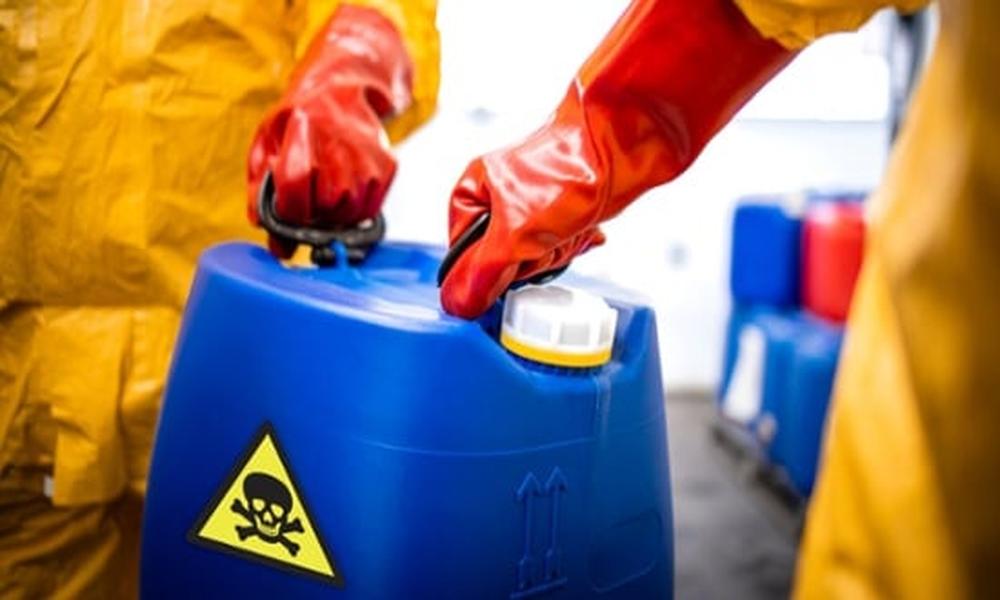Introduction: Imagine a world where mental health issues like depression, anxiety, and PTSD could be treated effectively without the reliance on traditional pharmaceuticals. This brave new frontier of mental health treatment is on the horizon, and it involves harnessing the therapeutic potential of LSD-25. In this article, we’ll delve into the fascinating world of BMK glycidate synthesis and LSD-25 synthesis to explore how these processes can unlock the healing power of this psychedelic compound.
The Chemistry Behind LSD-25: LSD-25, or lysergic acid diethylamide, is a powerful psychedelic substance known for its profound effects on consciousness. But before we can appreciate its therapeutic potential, let’s take a closer look at its chemical structure and how it’s synthesized.
LSD-25 is derived from ergot alkaloids, compounds found in the ergot fungus. The first step in its synthesis involves obtaining ergot alkaloids, usually through the extraction of ergotamine tartrate. This compound is then transformed into lysergic acid, the precursor of LSD-25.
BMK Glycidate Synthesis: BMK glycidate, or 3,4-methylenedioxyphenyl-2-propanone, is a key intermediate in the synthesis of various psychoactive substances, including MDMA (Ecstasy) and, yes, LSD-25. Understanding the synthesis of BMK glycidate is a crucial step in unlocking the healing potential of LSD-25.
The synthesis of BMK glycidate involves a series of chemical reactions, often beginning with safrole, a natural compound found in sassafras oil. Safrole undergoes a complex transformation to eventually yield BMK glycidate, which is a versatile precursor in the production of LSD-25.
Therapeutic Potential: Now that we’ve covered the basics of LSD-25 and BMK glycidate synthesis, let’s dive into the therapeutic potential of LSD-25. Recent research has shown promising results in using LSD-25 as a treatment for a variety of mental health conditions.
LSD-25 can induce profound mystical experiences, which are believed to play a significant role in its therapeutic effects. These experiences can lead to increased self-awareness, reduced anxiety, and improved mood. In controlled settings and with proper guidance, LSD-25 has shown promise in treating conditions such as depression, PTSD, and addiction.
Conclusion: The journey to unlock the healing potential of LSD-25 synthesis is a complex and exciting one, involving BMK glycidate synthesis and a deep understanding of the compound’s therapeutic effects. While there is still much research to be done, the future holds great promise for the use of LSD-25 as a tool to heal the mind and alleviate suffering. Remember, always approach these substances with caution and respect for their potential benefits and risks.

